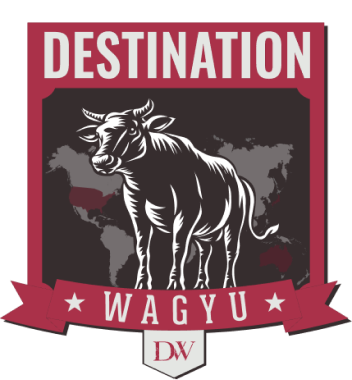Authentic Wagyu Beef
These days, the word "Wagyu" is sometimes used for beef that may not necessarily have the lineage of authentic Wagyu beef, so it's vital to only buy from a trusted resource. Labeling laws are not strictly enforced, so "Wagyu" is often used as a marketing lure to command a higher price. Knowing who you are buying from will help you discover Wagyu beef with a genetic heritage raised the "Wagyu way." Here at Destination Wagyu, we know we must provide you with unsurpassed quality Wagyu beef. We have built solid relationships with only the most reputable farmers and want to assure you that everything we sell will exceed your expectations.
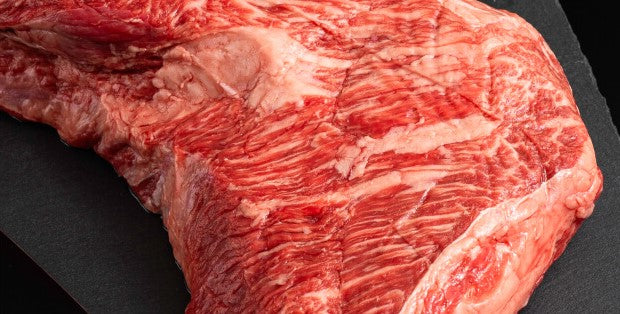
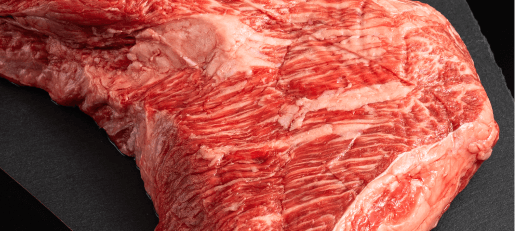
These days, the word "Wagyu" is sometimes used for beef that may not necessarily have the lineage of authentic Wagyu beef, so it's vital to only buy from a trusted resource. Labeling laws are not strictly enforced, so "Wagyu" is often used as a marketing lure to command a higher price. Knowing who you are buying from will help you discover Wagyu beef with a genetic heritage raised the "Wagyu way." Here at Destination Wagyu, we know we must provide you with unsurpassed quality Wagyu beef. We have built solid relationships with only the most reputable farmers and want to assure you that everything we sell will exceed your expectations.
WAGYU BEEF ORIGINS or A BRIEF HISTORY OF WAGYU BEEF
The history of Wagyu beef started in Japan several centuries ago. Pronounced "wa-gyoo," the name literally means "Japanese cattle." Farmers initially used them as draft animals because of their physical endurance due to more intra-muscular fat cells (marbling), which gave them more energy. Over time, farmers discovered that this heavy marbling resulted in beef with a distinctly rich, buttery taste and tenderness. Because of this sought-after beef, raising Wagyu cattle in Japan has resulted in a highly regulated industry with mandatory genetic testing for purity.

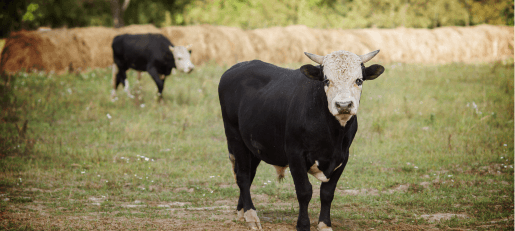
The history of Wagyu beef started in Japan several centuries ago. Pronounced "wa-gyoo," the name literally means "Japanese cattle." Farmers initially used them as draft animals because of their physical endurance due to more intra-muscular fat cells (marbling), which gave them more energy. Over time, farmers discovered that this heavy marbling resulted in beef with a distinctly rich, buttery taste and tenderness. Because of this sought-after beef, raising Wagyu cattle in Japan has resulted in a highly regulated industry with mandatory genetic testing for purity.
WAGYU BEEF MARBLING SCORE
In our other Article, "What is BMS? (Beef Marbling Score), we go more in-depth about all things BMS and Wagyu beef. In essence, the Beef Marbling Score measures the level of fat marbling, which in turn influences the taste of your Wagyu.
No matter which country of origin you choose for your Wagyu beef, your culinary experience will be remembered long after the meal. Now, which do you want to try first? Wagyu Ribeye, Wagyu Filet, or perhaps a Wagyu New York Strip?
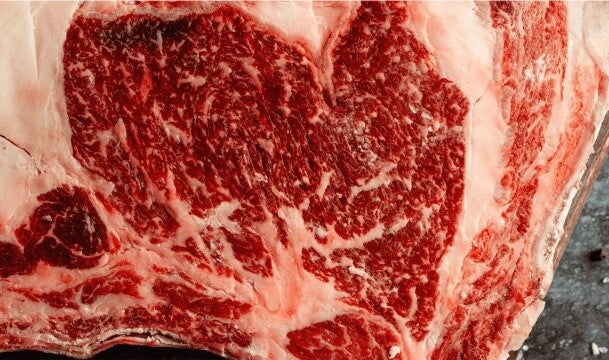
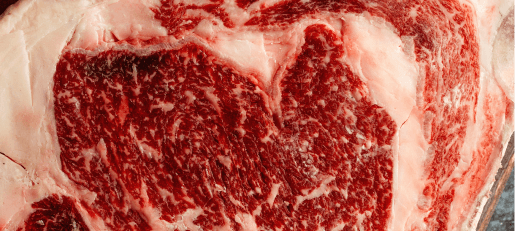
In our other Article, "What is BMS? (Beef Marbling Score), we go more in-depth about all things BMS and Wagyu beef. In essence, the Beef Marbling Score measures the level of fat marbling, which in turn influences the taste of your Wagyu.
No matter which country of origin you choose for your Wagyu beef, your culinary experience will be remembered long after the meal. Now, which do you want to try first? Wagyu Ribeye, Wagyu Filet, or perhaps a Wagyu New York Strip?
